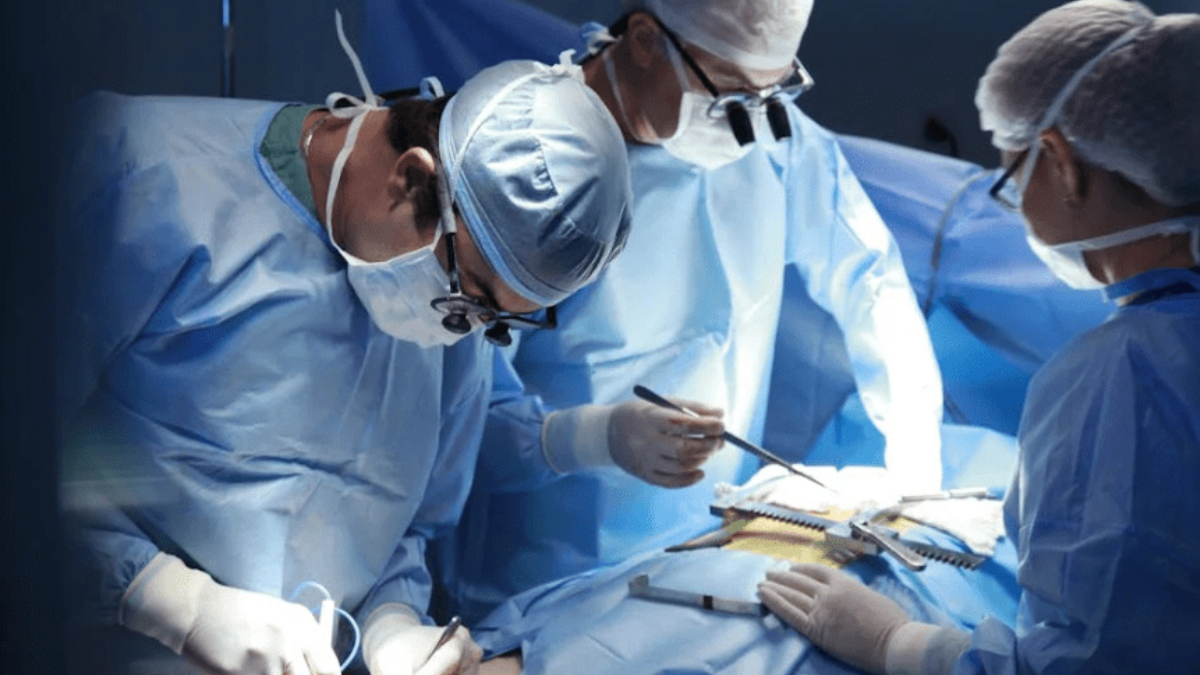Modern hospitals are constantly evolving, adopting cutting-edge surgical techniques to improve patient outcomes, reduce recovery time, and enhance precision. Innovations in surgery have transformed the healthcare landscape, allowing procedures that were once risky or impossible to be performed safely and efficiently. Hospitals now integrate advanced technology, robotics, and minimally invasive approaches to meet the growing demands of patients and medical professionals.
The Need for Surgical Innovation
Traditional surgery often involves large incisions, longer hospital stays, and higher risks of infection. Patients and hospitals alike seek procedures that are safer, faster, and less invasive. Innovations in surgical procedures aim to:
- Minimize patient trauma
- Reduce post-operative complications
- Shorten hospital stays and recovery periods
- Increase precision and accuracy
- Enhance overall patient satisfaction
Minimally Invasive Surgery (MIS)
Minimally invasive surgery has revolutionized how hospitals perform complex procedures. It involves small incisions, specialized instruments, and advanced imaging techniques.
Advantages of Minimally Invasive Surgery
- Reduced scarring and pain
- Shorter recovery periods
- Lower risk of infection
- Faster return to daily activities
Examples of MIS
- Laparoscopic surgery for gallbladder removal or appendectomy
- Endoscopic procedures for gastrointestinal conditions
- Arthroscopic surgery for joint treatments
Robotic-Assisted Surgery
Robotic systems, such as the da Vinci Surgical System, are increasingly used in hospitals to perform precise and complex surgeries.
Benefits of Robotic Surgery
- Enhanced precision and flexibility
- Better visualization with 3D imaging
- Reduced blood loss and surgical errors
- Improved outcomes for delicate procedures like cardiac, urological, and gynecological surgeries
Common Robotic-Assisted Procedures
- Prostatectomy
- Cardiac bypass
- Hysterectomy
- Complex tumor removals
Image-Guided Surgery
Modern hospitals use imaging technologies such as MRI, CT scans, and intraoperative fluoroscopy to guide surgeons during procedures.
Advantages of Image-Guided Surgery
- Accurate targeting of tumors or lesions
- Minimizes damage to surrounding healthy tissue
- Reduces surgical errors and complications
- Useful in neurosurgery, orthopedic surgery, and interventional radiology
Laser Surgery
Laser technology has become an essential innovation in modern hospitals. Lasers allow precise cutting, tissue removal, and treatment with minimal bleeding.
Applications of Laser Surgery
- Eye surgeries like LASIK
- Skin treatments and dermatological procedures
- Cancer tumor removal
- ENT (ear, nose, throat) procedures
Benefits
- Minimal tissue damage
- Reduced recovery time
- Lower risk of infection and complications
3D Printing in Surgery
3D printing technology is increasingly used to create surgical models, implants, and prosthetics. Hospitals use patient-specific models to plan complex surgeries.
Applications
- Pre-surgical planning for orthopedic or craniofacial procedures
- Custom implants for joint replacements
- Prosthetics designed for individual patients
Advantages
- Personalized treatment solutions
- Reduced surgical errors
- Improved patient outcomes
Augmented Reality (AR) and Virtual Reality (VR)
AR and VR technologies allow surgeons to simulate procedures, practice complex techniques, and visualize anatomy in 3D before surgery.
Benefits in Hospitals
- Enhanced surgical training for medical staff
- Better preoperative planning
- Improved precision during complicated operations
Tele-Surgery and Remote Assistance
With advancements in connectivity, hospitals can now perform or assist in surgeries remotely using tele-surgery techniques.
Advantages
- Access to expert surgeons worldwide
- Real-time guidance during complex procedures
- Expands access to high-quality surgical care in remote areas
Patient Safety and Post-Operative Care Innovations
Modern hospitals integrate technology and protocols to enhance patient safety during and after surgery.
Key Innovations
- Smart monitoring devices for vital signs
- AI-based early detection of complications
- Automated post-operative care reminders
- Infection control protocols using advanced sterilization methods
Challenges in Implementing Surgical Innovations
While surgical innovations offer numerous benefits, hospitals face challenges in adopting these technologies.
Common Challenges
- High cost of advanced equipment
- Training staff for new procedures
- Ensuring regulatory compliance
- Integrating new systems with existing hospital infrastructure
Hospitals must invest in infrastructure, staff training, and patient education to overcome these hurdles.
The Future of Surgical Procedures in Hospitals
The future promises even more innovations in surgery. Emerging trends include:
- AI-assisted diagnostics and surgery
- Nano-robotics for minimally invasive procedures
- Personalized surgery based on genetic and molecular data
- Expanded use of tele-surgery and robotic systems
Hospitals that adopt these innovations will provide safer, more efficient, and patient-friendly surgical care.
Conclusion
Innovations in surgical procedures have transformed modern hospitals, making treatments safer, faster, and more precise. From minimally invasive techniques to robotic-assisted surgery and 3D printing, hospitals now offer advanced solutions that improve patient outcomes and satisfaction. As technology continues to evolve, hospitals will continue to redefine surgical care, offering patients safer procedures and better recovery experiences.
FAQs
1. What is minimally invasive surgery?
It is a type of surgery performed through small incisions using specialized instruments and cameras, reducing recovery time and complications.
2. How do robotic-assisted surgeries help patients?
Robotic surgery enhances precision, reduces blood loss, and allows surgeons to perform complex procedures with minimal risk.
3. What role does 3D printing play in modern surgery?
3D printing helps create patient-specific models, implants, and prosthetics, improving surgical accuracy and outcomes.
4. Are these surgical innovations safe for patients?
Yes, modern surgical innovations are extensively tested, follow strict safety protocols, and improve overall patient safety.
5. How do hospitals train surgeons for new technologies?
Hospitals use simulation labs, AR/VR technology, workshops, and hands-on training to ensure surgeons are skilled in the latest procedures.

